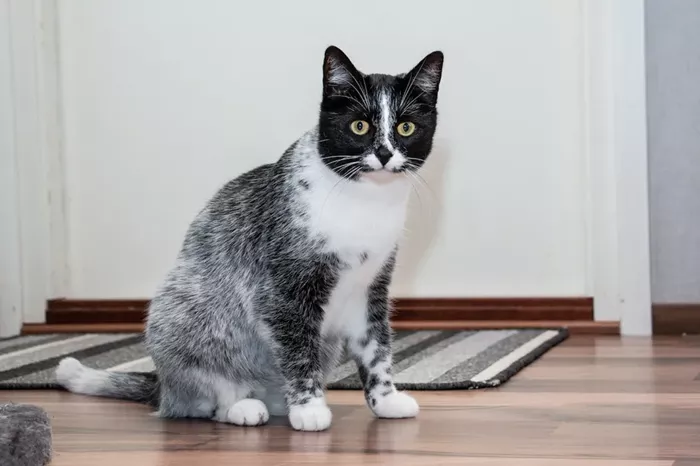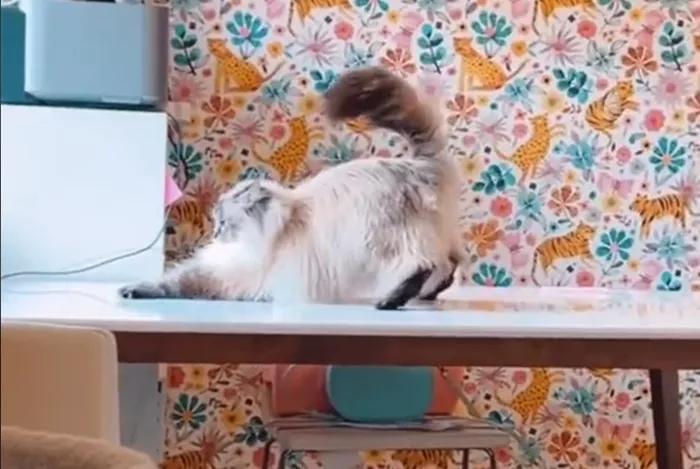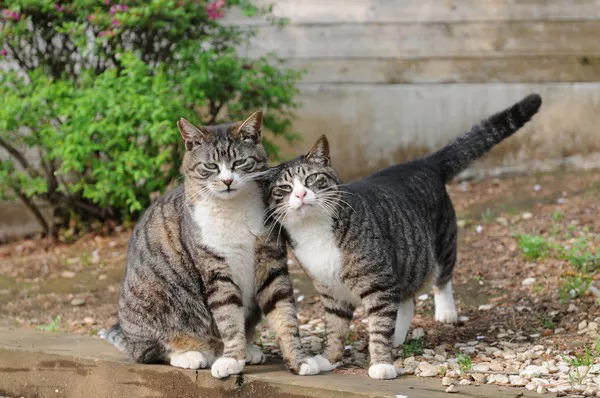Researchers in Finland have discovered a rare new cat coat color known as ‘salty liquorice’. These unique cats, called ‘salmiak cats’ (which translates to ‘salty liquorice’), exhibit a black coat flecked with white, and a distinctive ‘tuxedo’ pattern featuring solid white on their neck, chest, belly, and paws.
The striking appearance of salmiak cats is due to each hair changing color from root to tip, starting black near the skin and fading to white. This discovery is significant genetically because cats typically come in only two colors: black and orange. Variations in coat color are usually due to different degrees of fading and combinations of these two colors.
What sets salmiak cats apart is a missing chunk of DNA, which results in their unusual coat pattern. This genetic mutation is recessive, meaning both parents must carry the gene for their offspring to display the coloring, making these cats quite rare.
“The discovery of the salmiak variant enriches our understanding of feline coat color genetics,” said Dr. Heidi Anderson, the study’s lead author, to BBC Science Focus. “This knowledge could also be valuable for breeding efforts, potentially contributing to the preservation of this trait in existing cat breeds.”
Dr. Anderson and her team found that the KIT gene, which typically fades black and orange fur into white, is inactive in salty liquorice cats. Published in the journal Animal Genetics, their study reveals that a genetic mutation is behind this unique coloring.
To identify the cause, researchers sequenced the entire genome of salmiak cats and discovered the absence of a specific DNA section. They confirmed their findings in a group of 181 cats. Among these, three cats displayed the salmiak pattern and were missing the same DNA section. Another three cats had the mutation from only one parent, so their coats did not exhibit the salmiak coloring. The rest of the cats had intact DNA and did not have the salty liquorice pattern.
Dr. Anderson believes this study could help highlight other rare cat colors and promote the adoption of more random-bred cats. “More random-bred cats will be finding their forever homes,” she said.






















